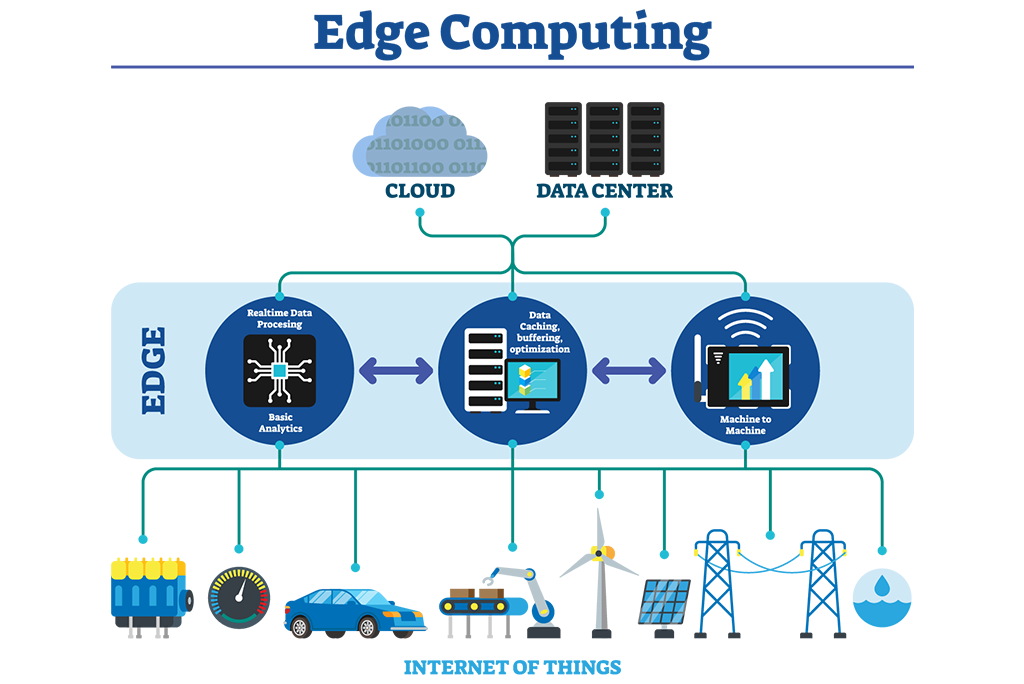Introduction:
In today's interconnected world, the Internet of Things (IoT) is rapidly growing, generating vast amounts of data and presenting challenges for traditional cloud computing. To overcome these challenges, edge computing emerges as a game-changing concept, decentralizing computational power. In this blog post, we will explore the concept of edge computing, its importance in the IoT landscape, and its remarkable impact on reducing latency and enhancing data processing.
What is Edge Computing?
Edge computing involves bringing computational resources closer to the network edge where data is generated and consumed. Instead of relying solely on centralized cloud infrastructure, this approach enables local devices or edge servers near IoT devices to perform computing tasks. By doing so, it minimizes data travel distance and reduces reliance on distant cloud servers, enabling real-time data processing, analysis, and decision-making at the edge.
The Significance of Edge Computing in IoT:
1. Decreased Latency:
In IoT applications, minimizing latency, the delay between data generation and processing, is crucial. Edge computing achieves this by processing data locally at the edge, eliminating the round-trip time to a remote cloud server. This enables near real-time responsiveness, which is vital for time-sensitive applications like autonomous vehicles, industrial automation, and remote healthcare monitoring.
2. Bandwidth Optimization:
The massive amount of data generated by IoT devices can strain network bandwidth and overwhelm centralized cloud infrastructures. Edge computing addresses this by sending only relevant and processed data to the cloud. This optimization reduces the need for transmitting large volumes of raw data, minimizing network congestion, reducing costs, and maximizing data efficiency.
3. Improved Security and Privacy:
Edge computing enhances security by keeping sensitive data closer to its source. Instead of sending all data to the cloud, sensitive information can be processed and stored locally, reducing the risk of data breaches and preserving privacy. This is particularly vital in sectors like healthcare and finance, where data security is of utmost importance.
Impact on Latency and Data Processing:
Edge computing significantly reduces latency by processing data locally, eliminating the need for round-trips to distant cloud servers. This enables faster data processing and real-time decision-making. In applications like autonomous vehicles, where split-second decisions are critical, this becomes particularly advantageous.
Furthermore, edge computing improves data processing efficiency by filtering and analyzing data at the edge, sending only relevant information to the cloud. This approach reduces the computational load on cloud servers, optimizes bandwidth usage, and effectively manages the ever-increasing volume of data generated by IoT devices.
Conclusion:
Edge computing revolutionizes how IoT devices leverage computational power by bringing processing capabilities closer to the data source. Its ability to reduce latency, optimize bandwidth, enhance security, and enable real-time decision-making positions it as a vital component in the IoT ecosystem. As the IoT continues to evolve, edge computing will play a crucial role in unlocking the full potential of connected devices and enabling innovative applications for the future.







0 Comments